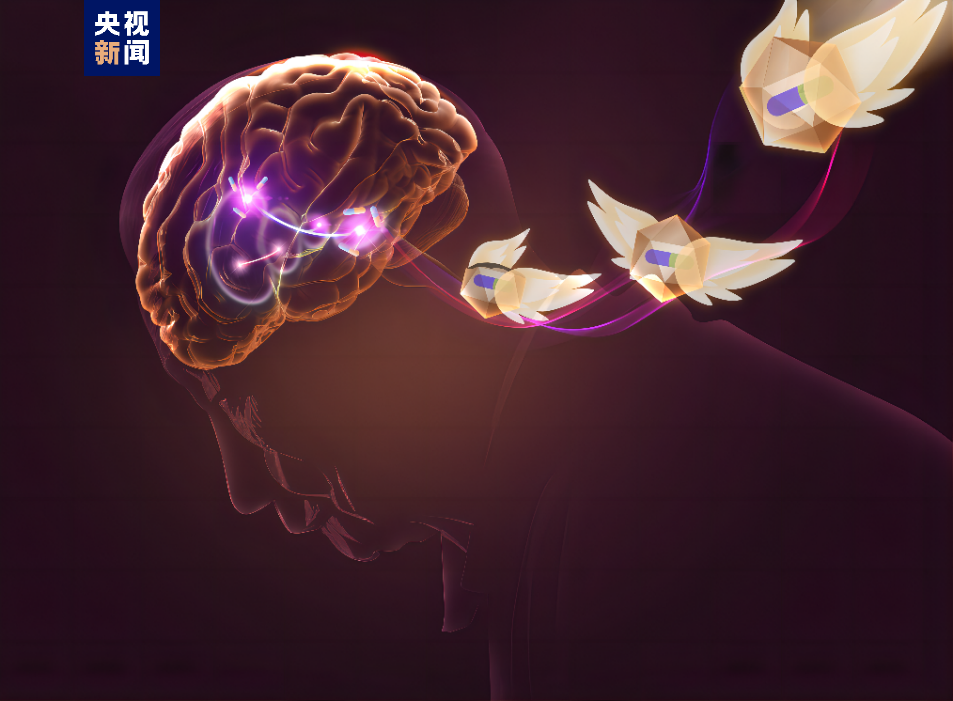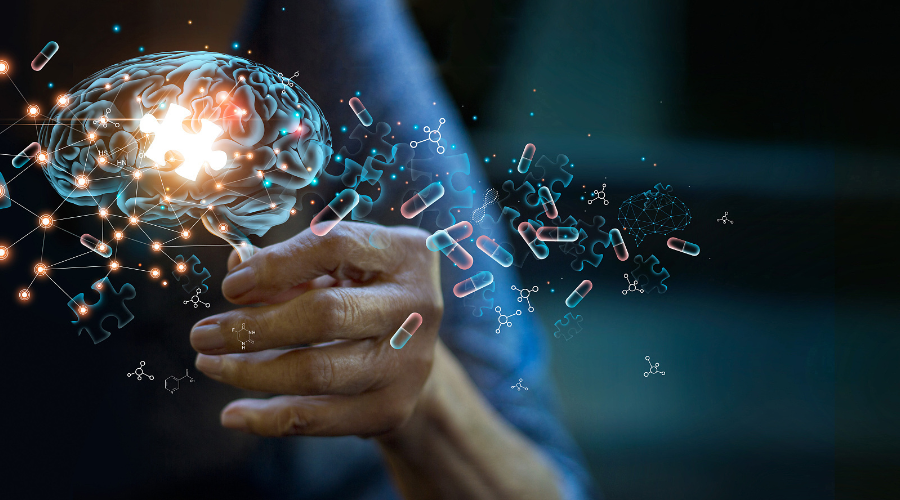
Source: CCTV News, Science and Technology Daily
Parkinson's disease is one of the most common neurodegenerative diseases in the elderly population, and patients usually present with shaking hands, stiff expressions, slow movements, and tremors. According to the Global Burden of Disease Data, there are more than 6 million people living with Parkinson's disease worldwide, and about 3 million people living with Parkinson's disease in China. At present, the exact etiology and pathogenesis of Parkinson's disease are not clear.
Recently, the Chinese Academy of Sciences Shenzhen Institute of Advanced Technology Lu Zhonghua, Dai Ji, Bao Jin team published the latest research in Cell, the research team proposed a new neuroregulatory technology for the treatment of Parkinson's disease. Experiments in early non-human primates (macaques) have shown that the therapy can accurately target key neural circuits involved in Parkinson's disease without affecting other neural circuits in the brain, providing a potential new strategy for clinical treatment of Parkinson's disease.

Aim for runaway sports' throttles'
At present, the exact cause and pathogenesis of Parkinson's disease are not clear. Previous studies have shown that there are two key neural circuits affecting Parkinson's disease, namely the "direct pathway" and the "indirect pathway", and each of the two circuits has a key class of neurons, namely the D1 spiny neurons that promote movement, and the D2 spiny neurons that inhibit movement.
"D1 neurons are like the 'accelerator' and D2 neurons are like the 'brake', when the car wants to start, the 'accelerator' can't be pressed, the 'brake' can't be released, the body will keep shaking, and naturally it won't start, and this is also true in Parkinson's disease patients." Lu Zhonghua, a researcher at the Brain Institute of Shenzhen Advanced Institute, introduced that it is precisely due to the death of a large number of dopamine neurons in the brain area of the substantia substantia in the midbrain, and the inability to accurately regulate D1 and D2 neurons, which reduces the motor promotion effect of D1 neurons, while the inhibitory effect of D2 neurons is enhanced, resulting in the dysregulation of the activity of the two key neural circuits in which it is located, resulting in a series of motor disorder symptoms.
In this regard, the research team carried out a bold idea, whether it is possible to intervene in Parkinson's disease by specifically regulating the nerve circuit where D1 neurons are located as the "accelerator" of movement. The research team proposed a new neuroregulatory technology for Parkinson's disease, which precisely regulates the activity of the "direct pathway" where D1 neurons are located, so as to achieve targeted intervention in the motor symptoms of Parkinson's disease.
The important innovative advantage of this technique is that this strategy can highly selectively regulate the "direct pathway" without interfering with the diverse dopamine pathways and related functions of the whole brain and body that are not affected by Parkinson's disease, thus achieving highly targeted disease interventions.

It took six years to decode a new neuroregulatory therapy
There are nearly 100 billion neurons in the neural network of the brain, and it is not easy to specifically regulate D1 neurons without affecting the function of other neurons and play a therapeutic role in treating Parkinson's disease.
Since 2017, the team has carried out a large number of experiments and multiple rounds of screening, and finally obtained three key components that can be adapted to the new strategy, and these three key components constitute a new neuroregulatory tool that can specifically regulate the direct pathway where D1 neurons are located and restore the damaged motor function in Parkinson's disease. The research team tested this technique on animals and found that the method was effective not only in a mouse model of Parkinson's disease, but also in a macaque model of Parkinson's disease in non-human primates.
In the study of brain diseases, most of the neurological diseases such as Parkinson's disease, depression and schizophrenia are accompanied by specific functional abnormalities of neural circuits, and targeted intervention of functional abnormalities of neural circuits will be an important direction of future brain disease treatment research. The success of the novel neuroregulatory therapy for Parkinson's disease proposed by the research team in non-human primates will also provide an important reference for the treatment of other neurological diseases.
Cao Peng, a researcher at the Beijing Institute of Life Sciences, said that due to the similarities between non-human primates and humans in Parkinson's pathology, this therapy has a high clinical conversion possibility. Professor Stephen Hyman, a leading neurologist and member of the US National Academy of Medicine, said: "This study is an important step towards the treatment of Parkinson's disease with precisely targeted and controlled chemical genetics."